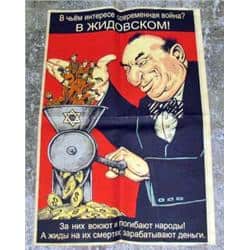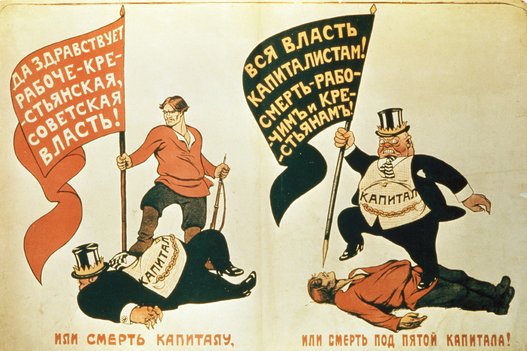From Mao to the Nazis, propaganda posters have been a significant aspect of politics and mobilisation. Merriam-Webster defines propaganda as the spread of ideas, information or rumour for the purpose of helping or injuring an institution, a cause, or a person. Joseph Goebbels, Hitler’s Minister of Propaganda, is often quoted as saying that ‘propaganda’ is used to refer to something inferior and despicable, always leaving a bitter aftertaste. Ironically, much of this ‘bitter aftertaste’ may be attributed to Goebbels himself and his manner of seeking popular support for the policies and decisions of the Nazi regime.
Though broadcast media like the radio and television are increasingly used to garner support for a specific agenda from a large set of people, various forms of art have also been used to reach out to the masses. King Tut’s gold mask, the pyramids of Giza, and the statues and pillars that almost every emperor, from the Romans to Akbar, erected to mark their victories are often seen as methods of propaganda. Visible signs of grandeur and power serve the purpose of bolstering the image of the ruler as an infallible one, in whom the subjects must place their utmost trust and devotion.
Since they can be cheaply reproduced, posters have been an important part of political propaganda. Posters belonging to the period of Mao, Hitler and the Soviet era all reflect a clever use of colours, images and visual symbols to promote an idea. The mass reach of a poster is largely due to the fact that the message it conveys does not hinge on literacy. Further, images have an almost subconscious effect with regard to normalising and internalising certain ideas.



Whether propaganda posters can be considered ‘art’ is something to consider. ‘Propaganda art’ seems almost like an oxymoron to me. They are two words that appear to contradict themselves. Referring to propaganda as ‘art’ would restrict the meaning of art to merely anything that is visually represented. However, ‘art’ has a deeper implication-that of allowing pluralities and multiple perspectives to exist, while propaganda seeks to eliminate all such multiple views.
Image credits:
Poster 1: iCollector.com
Poster 2: modernworldhistory-levelfive.blogspot.com
Poster 3: maospropaganda.wikispaces.com
Abhinaya Harigovind





Comments are closed.